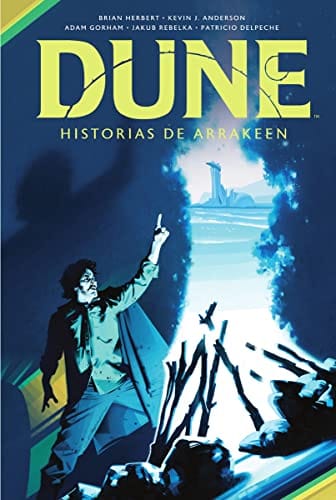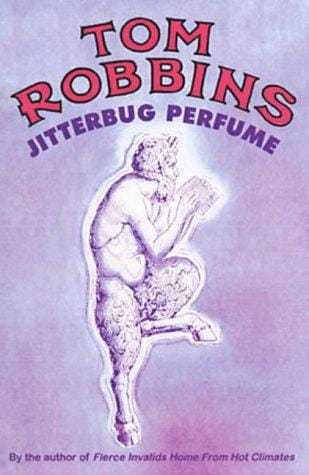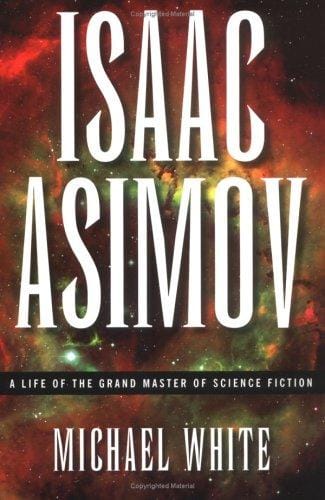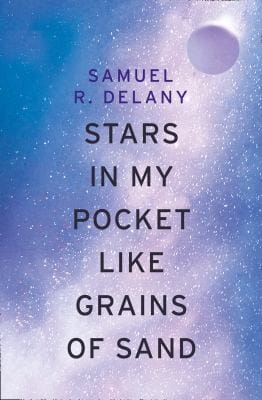Dune: From Frank Herbert’s Pages to Denis Villeneuve’s Epic Screen Vision
Explore the enduring appeal of Dune—from Frank Herbert’s groundbreaking novel to Denis Villeneuve’s cinematic spectacle—and discover why the spice still flows.

Why “Dune” Still Matters in 2024
Few science-fiction titles command the same respect as “Dune.” First published in 1965, Frank Herbert’s novel has sold millions of copies and inspired filmmakers, game designers, environmentalists, and theologians alike. With director Denis Villeneuve’s stylish two-part film adaptation bringing Arrakis to a new generation, interest in sandworms and spice is surging once again. But why does the story endure? The answer lies in its multilayered narrative that intertwines politics, ecology, mysticism, and a timeless coming-of-age arc. Whether you are discovering the saga through the latest movie or revisiting the book for the tenth time, “Dune” offers fresh insights every read or viewing.
The Origins of “Dune”: Frank Herbert’s Vision
Frank Herbert was a journalist when he traveled to the Oregon Dunes in the late 1950s to report on ecological experiments aimed at halting desertification. The stark landscape sparked an idea: What if an entire planet were a desert? What cultures, economies, and religions would grow there? Over six years, Herbert wove those questions into “Dune,” crafting an interstellar feudal empire where control of the desert planet Arrakis equals control of the universe. The book’s depth stems from Herbert’s meticulous world-building—complete with invented languages, political treatises, and appendices that rival academic papers. His focus on ecology, power structures, and human evolution pushed science fiction beyond rockets and ray guns, planting the seeds for modern speculative fiction.
Themes That Resonate: Power, Ecology, and Religion
At its core, “Dune” is a study of power. The noble House Atreides is thrust into a deadly game against the ruthless Harkonnens and a covert emperor, illustrating how noble intentions often collide with realpolitik. Yet the novel also functions as one of the earliest ecological fables in popular literature. Spice—Arrakis’s coveted natural resource—stands in for oil, lithium, or any commodity that shapes global destiny. Herbert’s portrayal of environmental stewardship through the Fremen people feels prophetic amid today’s climate debates. Equally compelling is the Bene Gesserit sisterhood, whose centuries-long breeding program raises questions about genetics, prophecy, and free will. By layering religion and myth atop political maneuvering, “Dune” invites readers to question charismatic leaders and the narratives that empower them.
From Page to Screen: Denis Villeneuve’s Adaptation
Translating such a dense novel to film has always been a herculean task. David Lynch tried in 1984, producing a cult favorite that nevertheless failed to capture the book’s nuance. Enter Denis Villeneuve, fresh off “Arrival” and “Blade Runner 2049,” two visually arresting yet meditative sci-fi films. Villeneuve chose to split the story into two parts, allowing time to breathe amid the sweeping deserts and political intrigue. The 2021 release of “Dune: Part One,” starring Timothée Chalamet, Zendaya, Rebecca Ferguson, and Oscar Isaac, was lauded for its grand scope, Hans Zimmer’s thunderous score, and faithful tone. By filming on location in Jordan and Abu Dhabi, Villeneuve’s team evoked the overwhelming scale of Arrakis, making audiences feel the scorching wind and looming sandworms.
What Makes Arrakis So Captivating?
Arrakis is more than a backdrop; it is a living character. The planet’s moons provide constant dim light, its sandstorms can strip flesh, and its giant Shai-Hulud sandworms threaten any careless traveler. The Fremen have adapted with stillsuits that recycle body moisture, creating a culture of resilience and resourcefulness. Herbert designed Arrakis to explore humanity’s dependence on and adaptation to harsh environments. This ecological realism elevates the narrative from simple space opera to immersive cautionary tale. Villeneuve amplifies that realism with stunning cinematography, grounding the fantasy in tangible textures—cracked dunes, ornithopter wings beating like dragonfly fins, and seismic rumbles that hint at creatures beneath the surface.
“Dune: Part Two” and the Future of the Franchise
Scheduled for worldwide release, “Dune: Part Two” promises to complete Paul Atreides’ transformation into the legendary Muad’Dib and depict the Fremen uprising that will reshape the galaxy. Rumors suggest the sequel delves deeper into Chani’s perspective and the ominous Emperor Shaddam IV, portrayed by Christopher Walken. Beyond the main films, HBO is developing “Dune: The Sisterhood,” focusing on the Bene Gesserit long before Paul’s birth. Video games such as “Dune: Spice Wars” and new graphic novels keep expanding the canon. With each adaptation, creators face the same challenge Herbert posed: balancing spectacle with the philosophical weight that makes “Dune” unique.
How to Dive Deeper into the Dune Universe
If the movie has whetted your appetite, start with Herbert’s original six-book series, from “Dune Messiah” to “Chapterhouse: Dune.” For historical context, read “Dreamer of Dune,” a biography by Herbert’s son, Brian. Audiobook fans will appreciate the multicast performance that brings the pronounciations of Kwisatz Haderach and Shai-Hulud to life. Scholars may enjoy Timothy O’Reilly’s “Frank Herbert,” which dissects the series’ philosophical roots. Gaming enthusiasts can command armies in “Dune II,” the 1992 classic that popularized real-time strategy, or explore the modern 4X title “Spice Wars.” Finally, consider rewatching Villeneuve’s film with subtitles on; the dialogue is steeped in lore that rewards repeat viewings.
Final Thoughts: The Spice Must Flow
“Dune” endures because it refuses to offer easy answers. Is Paul a messiah or a pawn of ancient prophecy? Can an oppressed people claim freedom without repeating their oppressors’ mistakes? Herbert leaves the questions dangling like a sandworm’s gaping maw, inviting reflection long after the credits roll. As the franchise expands, its relevance grows: environmental crises escalate, geopolitical struggles for resources intensify, and charismatic leaders dominate headlines. In that light, “Dune” is not just a story about a distant planet but a mirror held up to our own world. The spice must flow—and so must the conversation about what it means for humanity.



